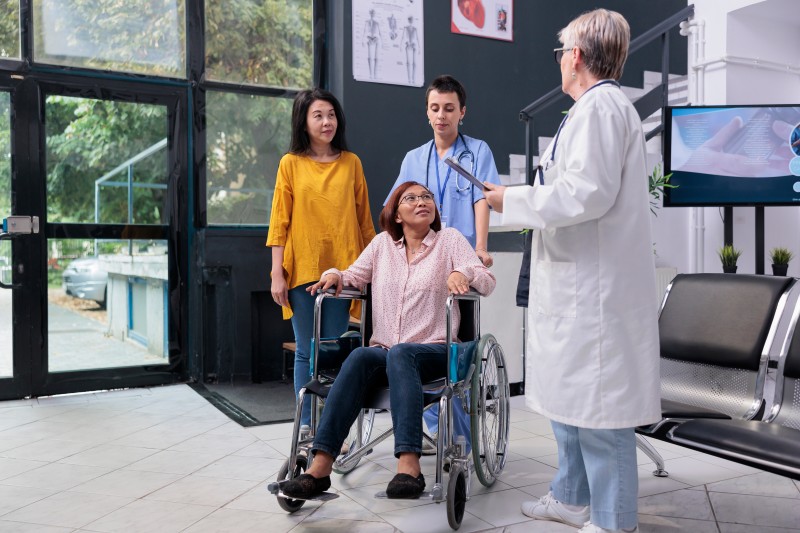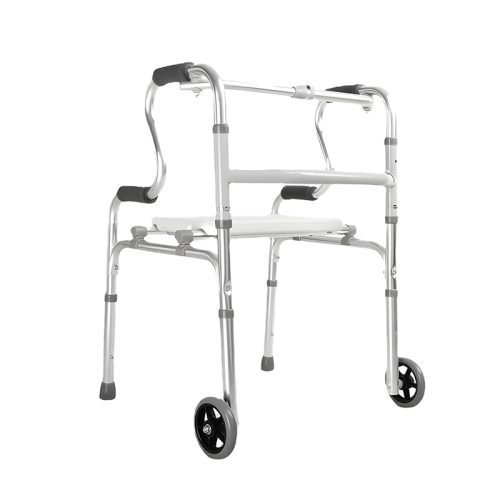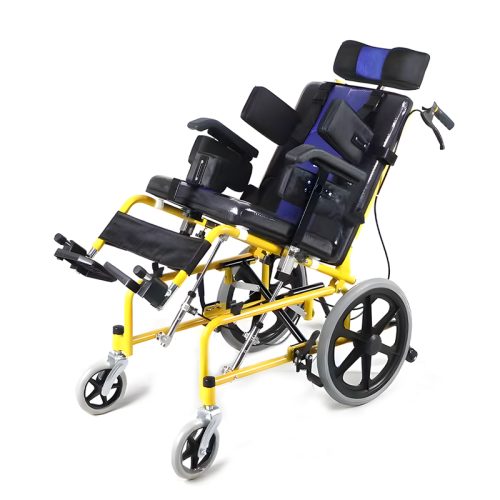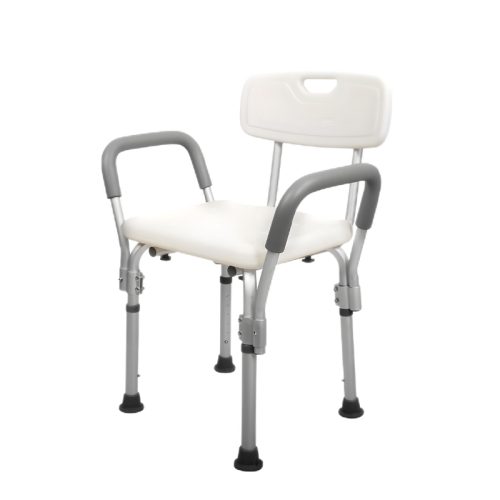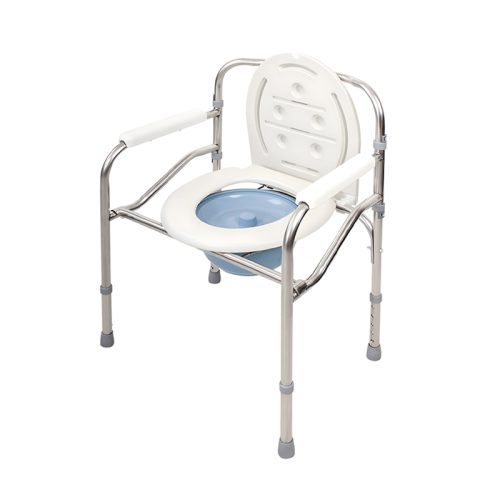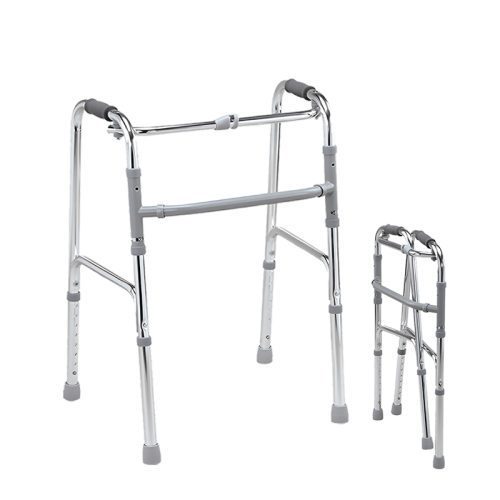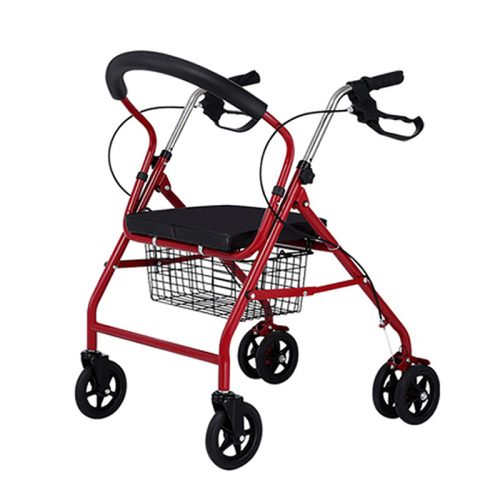
- Cadeira de rodas
Navigating DRC’s Medical Equipment Restrictions: Battery Transport & Material Compliance for Wheelchair Exporters
- Por kelingmedical
1. Battery Transportation Compliance: Air vs. Sea Protocols
A. Lithium Battery Certification (2025 Updates)
All lithium-ion batteries above 100Wh must be accompanied by a UN38.3 Test Report.
State of Charge (SoC) Limits:
Air freight: ≤30% charge for loose batteries
Sea freight limitations mandate lithium-ion batteries to stay at a charge level below 50% when contained in IP67 waterproof casings.
Documentação:
The French language MSDS document needs to demonstrate Congo-specific disposal codes within its Section 9.3.
The Shipper’s Declaration for Dangerous Goods (SDDG) needs to be accompanied by a NOTOC副本 copy.
B. Packaging Requirements
| Transport Mode | Cushioning | Markings |
|---|---|---|
| Air (IATA) | 1.5cm foam | Class 9 label + “CAO” identifier |
| Sea (IMDG) | Corrugated fiberboard | Lithium Battery Mark (12cm x 11cm) |
Cost-Saving Tip: Battery packs that already meet IEC62133 certifications bring about a 40% reduction in testing costs.
2. Material Compliance: REACH & ROHS Enforcement
A. Restricted Substance Thresholds
| Substância | ROHS Limit | REACH SVHC Limit |
|---|---|---|
| Lead (Pb) | 0.1% | 0.01% (ECHA Annex XVII) |
| DEHP | N/A | 0.1% (Candidate List) |
| Cádmio | 0.01% | 0.0025% |
B. Component Testing Strategy
Pre-Production: XRF screening for metals reduces testing time by 22 days compared to full laboratory methods.
Batch Control: PVC parts require 5% random testing to measure phthalate levels
Documentação:
DoC (Declaration of Conformity) with G-mark
Technical File (EN 12184:2024 alignment)
Critical Deadline: Wheelchairs arriving at Matadi Port after July 2025 require full SCIP database notifications.
3. Dual-Language Compliance Workflow
Step 1: Labeling
Primary Text: French (ISO 7000 symbols mandatory)
Secondary Text: English (6pt minimum font size)
Safety warnings are indicated with a red border using Pantone 032C and include translations in Lingala.
Step 2: Technical Documentation
User manuals: PDF + A2-sized quick guide
The warranty terms use CDF currency pricing according to clauses approved by ARMP.
Step 3: Post-Market Surveillance
24-month defect reporting to ARSER
Annual substance inventory updates
Conclusão
Medical equipment distributors who follow DRC battery and material regulations achieve customs clearance 92% faster than the industry standard. Medical equipment distributors who use pre-certified components together with standardized bilingual documentation and stringent batch testing protocols will attain complete regulatory compliance without losing their competitive edge on pricing.
FAQ
Q1: Are lead-acid batteries still permitted in DRC? A: Only for emergency backup systems with Ministry of Environment exemption certificates.
Q2: How to handle mixed-material wheelchair components? A: Each material (metal/plastic/rubber) requires separate REACH dossier – modular design recommended.
Q3: What’s the penalty for non-compliant French labeling? A: 15% of shipment value or mandatory 60-day warehouse detention.
Get DRC-Compliant Wheelchair Solutions Today 📩 Correio eletrónico: inquiry@shkeling.com 📲 WhatsApp: +86 182 2182 2482 🔍 Produtos certificados: Keling Medical Wheelchairs
Ask about our pre-certified battery packs & REACH-compliant component kits!

